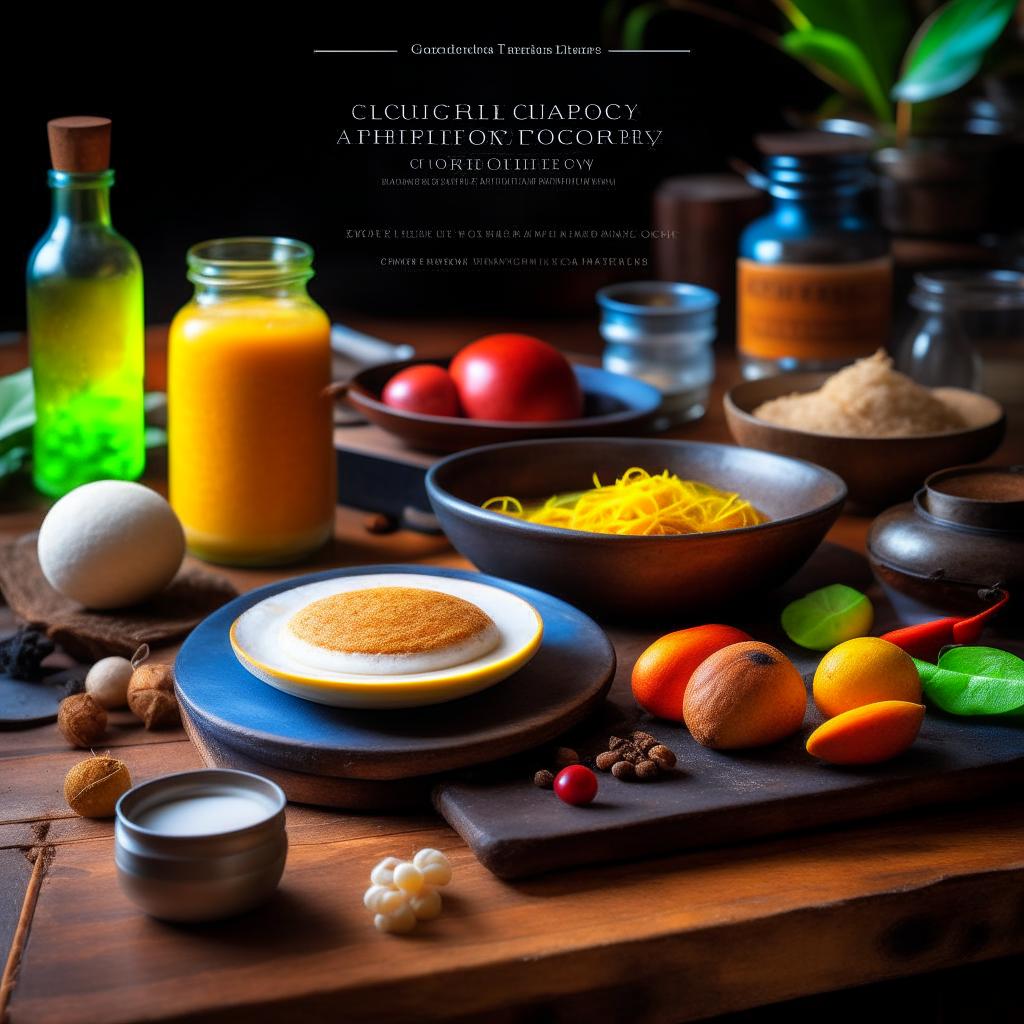A Culinary Journey Through Time: Exploring the Rich Tapestry of Aboriginal Cuisine
A Culinary Journey Through Time: Exploring the Rich Tapestry of Aboriginal Cuisine

For millennia, Aboriginal Australians have thrived on a diet deeply intertwined with their land and its bounty. More than just sustenance, Aboriginal cuisine is a testament to their deep understanding of the environment, their respect for the natural world, and their ingenuity in utilizing every element for nourishment. This article delves into the fascinating world of Aboriginal cuisine, exploring its history, key ingredients, traditional cooking methods, and the growing movement to revive and celebrate this unique culinary heritage.
A Legacy of Sustainability and Connection to the Land:
Related Articles: A Culinary Journey Through Time: Exploring the Rich Tapestry of Aboriginal Cuisine
- A Rainbow On Your Plate: Exploring The Vibrant World Of Australian Fruits And Vegetables
- The Language Landscape Of Australia: More Than Just English
- The Dreamtime: Where Aboriginal Culture Finds Its Roots
- Hopping Into Art: Exploring The Enchanting World Of Kangaroo Art
- Embracing Tradition: A Guide To Beautiful Aboriginal Girl Names
Aboriginal cuisine is a living embodiment of the philosophy of "living in balance with nature." For over 65,000 years, Aboriginal Australians have cultivated a sustainable relationship with their environment, relying on the land’s resources with respect and wisdom. This deep connection is reflected in their dietary practices, where every part of a plant or animal is utilized, minimizing waste and ensuring maximum benefit.
Beyond the Bush Tucker: A Diverse Palette of Ingredients:
The term "bush tucker" often comes to mind when discussing Aboriginal cuisine, conjuring images of exotic fruits and unusual meats. However, the reality is much richer and more diverse. Aboriginal cuisine encompasses a vast array of ingredients, including:
- Native Plants: From the vibrant berries of the quandong and the succulent fruits of the finger lime to the earthy roots of the yam and the leafy greens of the warrigal greens, Aboriginal cuisine utilizes a wide range of native plants. These plants offer a unique flavor profile, adding depth and complexity to dishes.
- Bush Meats: Kangaroo, emu, and crocodile are some of the iconic bush meats that feature prominently in Aboriginal cuisine. These lean meats are rich in protein and essential nutrients, providing a sustainable source of sustenance.
- Seafood: Coastal Aboriginal communities have a long history of harvesting seafood, with fish, shellfish, and crustaceans forming a vital part of their diet. From the delicate flavors of mud crabs to the robust taste of barramundi, seafood offers a diverse range of options.
- Native Spices and Herbs: The Australian landscape is home to a plethora of native spices and herbs that add unique flavors to Aboriginal cuisine. Lemon myrtle, native pepper, and bush tomato are just a few examples of these aromatic ingredients that enhance the taste and nutritional value of dishes.

Traditional Cooking Methods: Preserving Flavor and Culture:
Aboriginal cooking methods are as diverse as the ingredients themselves. These techniques are not just about preparing food but also about preserving its nutritional value and cultural significance:
- Fire: Fire is a central element in Aboriginal cooking, used for roasting, grilling, and smoking. The intense heat of fire imparts a distinctive smoky flavor to meats and vegetables.
- Earth Ovens: Earth ovens, also known as "pit ovens," are a traditional method of slow-cooking food underground. The heat from burning wood or charcoal is trapped within the earth, creating a gentle and even heat that cooks food slowly and evenly.
- Smoking: Smoking is a technique used to preserve food and enhance its flavor. Meat and fish are often smoked over wood chips, imparting a distinctive smoky aroma and extending their shelf life.
- Boiling and Steaming: Boiling and steaming are also common methods used to prepare food, particularly vegetables and seafood. These techniques preserve the natural flavors and nutrients of the ingredients.

The Revival and Modernization of Aboriginal Cuisine:
In recent years, there has been a growing movement to revive and celebrate Aboriginal cuisine. Chefs and restaurateurs are incorporating traditional ingredients and cooking methods into their menus, showcasing the unique flavors and cultural significance of this cuisine. This revival is not just about preserving culinary traditions but also about recognizing the importance of Aboriginal food sovereignty and promoting sustainable food practices.
A Journey of Discovery:
Exploring Aboriginal cuisine is a journey of discovery, a chance to experience the flavors and traditions of a culture that has thrived for millennia. From the succulent flavors of native fruits and the hearty textures of bush meats to the aromatic spices and the unique cooking techniques, Aboriginal cuisine offers a unique and unforgettable culinary experience.
Beyond the Plate: The Cultural Significance of Food:
Aboriginal cuisine is more than just food; it is a reflection of their deep connection to the land, their respect for the environment, and their unique cultural heritage. Every dish tells a story, a story of resilience, adaptation, and the enduring spirit of Aboriginal culture.
The Importance of Supporting Indigenous Food Businesses:
As you explore the world of Aboriginal cuisine, remember to support Indigenous food businesses. These businesses are playing a vital role in reviving and preserving traditional foodways, creating economic opportunities for Indigenous communities, and promoting food sovereignty.
FAQ: Aboriginal Cuisine
1. What is "bush tucker"?
"Bush tucker" is a general term used to refer to the native plants and animals that are traditionally eaten by Aboriginal Australians.
2. What are some common native ingredients used in Aboriginal cuisine?
Some common native ingredients include quandong, finger lime, warrigal greens, kangaroo, emu, and crocodile.
3. What are some traditional cooking methods used in Aboriginal cuisine?
Traditional cooking methods include fire, earth ovens, smoking, boiling, and steaming.
4. Where can I find Aboriginal cuisine?
You can find Aboriginal cuisine at specialty restaurants, farmers markets, and Indigenous food businesses.
5. How can I support Indigenous food businesses?
You can support Indigenous food businesses by purchasing their products, attending their events, and spreading the word about their work.
Conclusion:
Aboriginal cuisine is a testament to the resilience, ingenuity, and deep connection to the land of Aboriginal Australians. As we explore this unique culinary heritage, we learn not only about the flavors of the past but also about the importance of respecting the environment, valuing cultural traditions, and supporting Indigenous food businesses. By embracing the diversity and richness of Aboriginal cuisine, we can contribute to the preservation of this vital part of Australian culture and ensure its continued legacy for generations to come.

Closure
Thus, we hope this article has provided valuable insights into A Culinary Journey Through Time: Exploring the Rich Tapestry of Aboriginal Cuisine. We hope you find this article informative and beneficial. See you in our next article!



